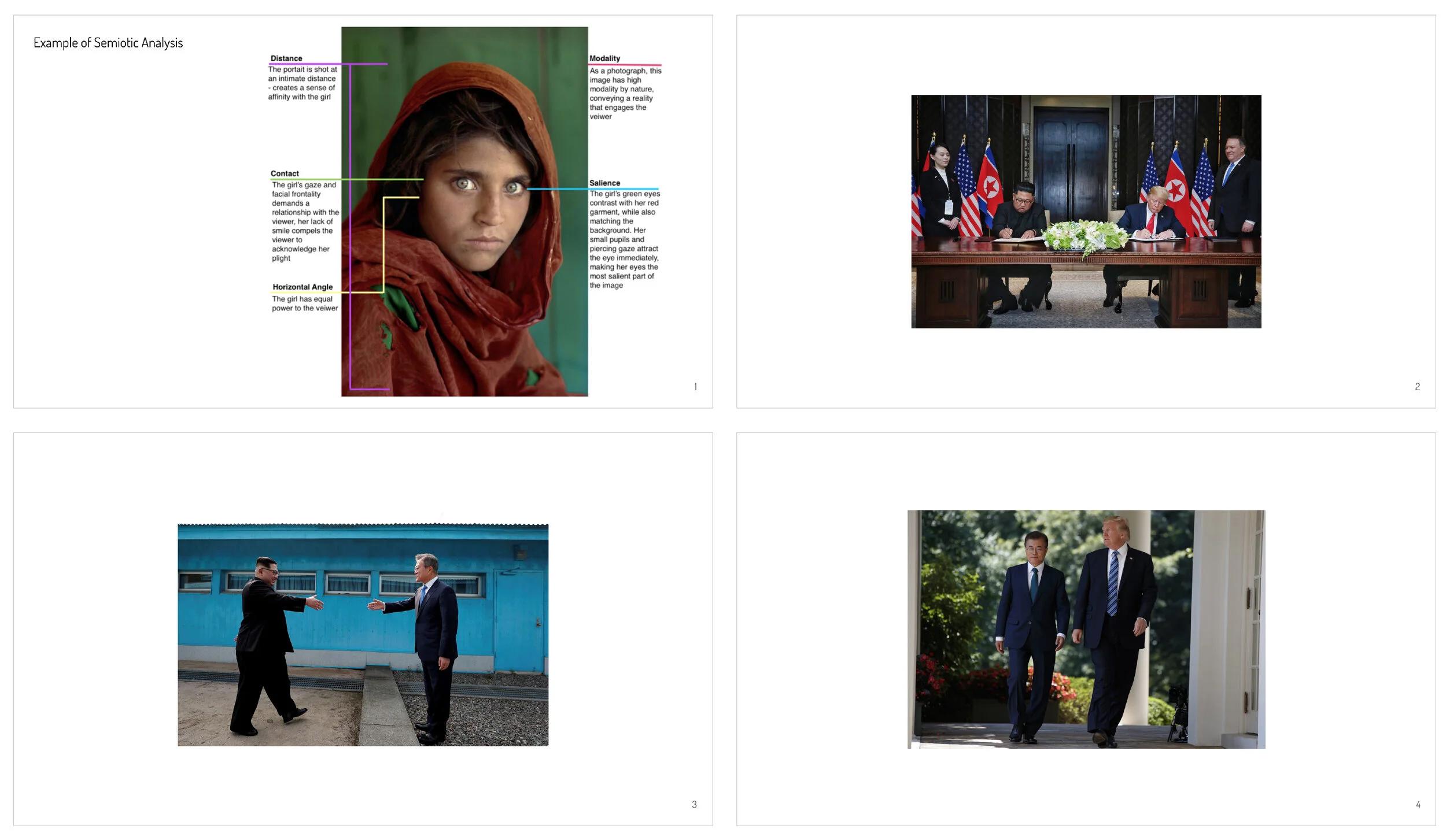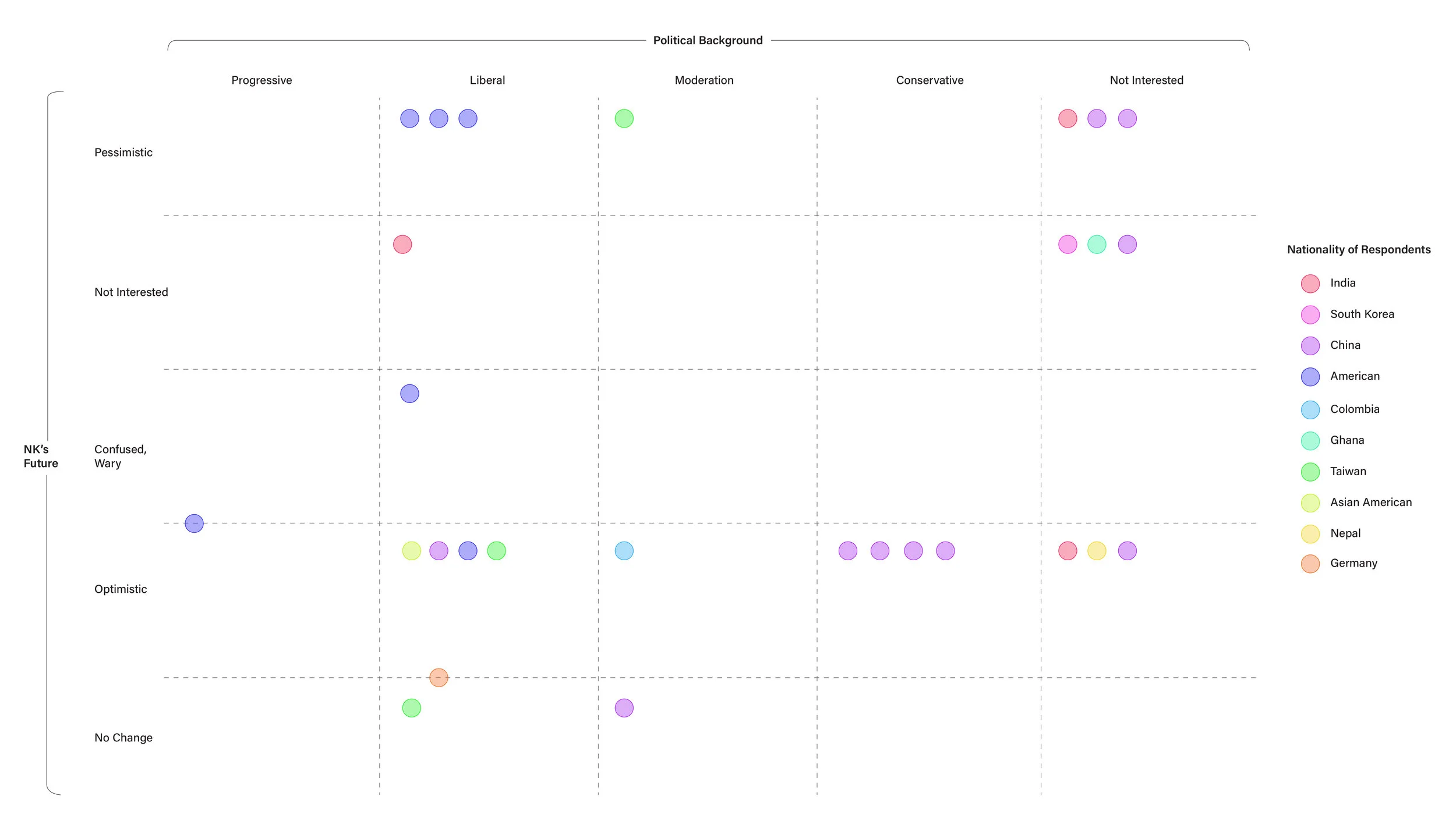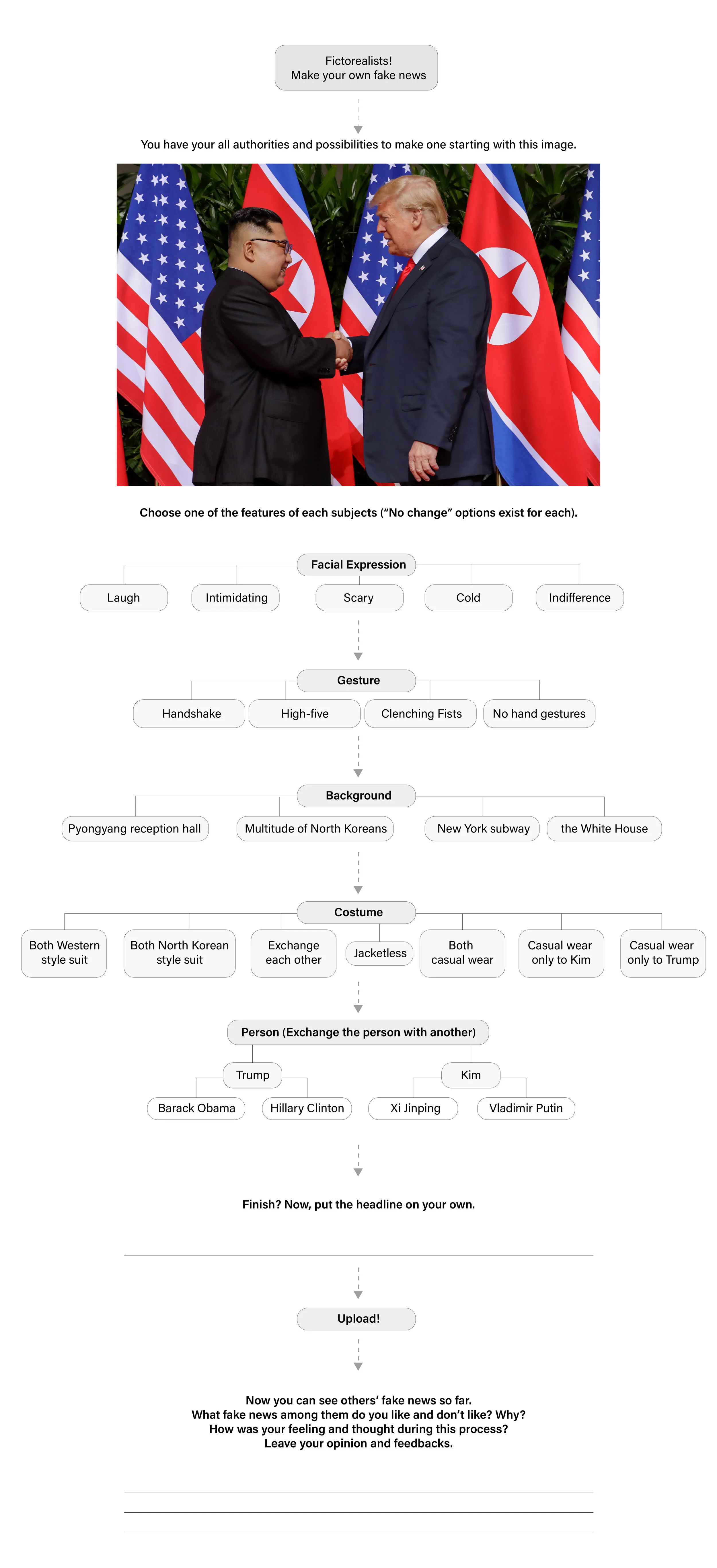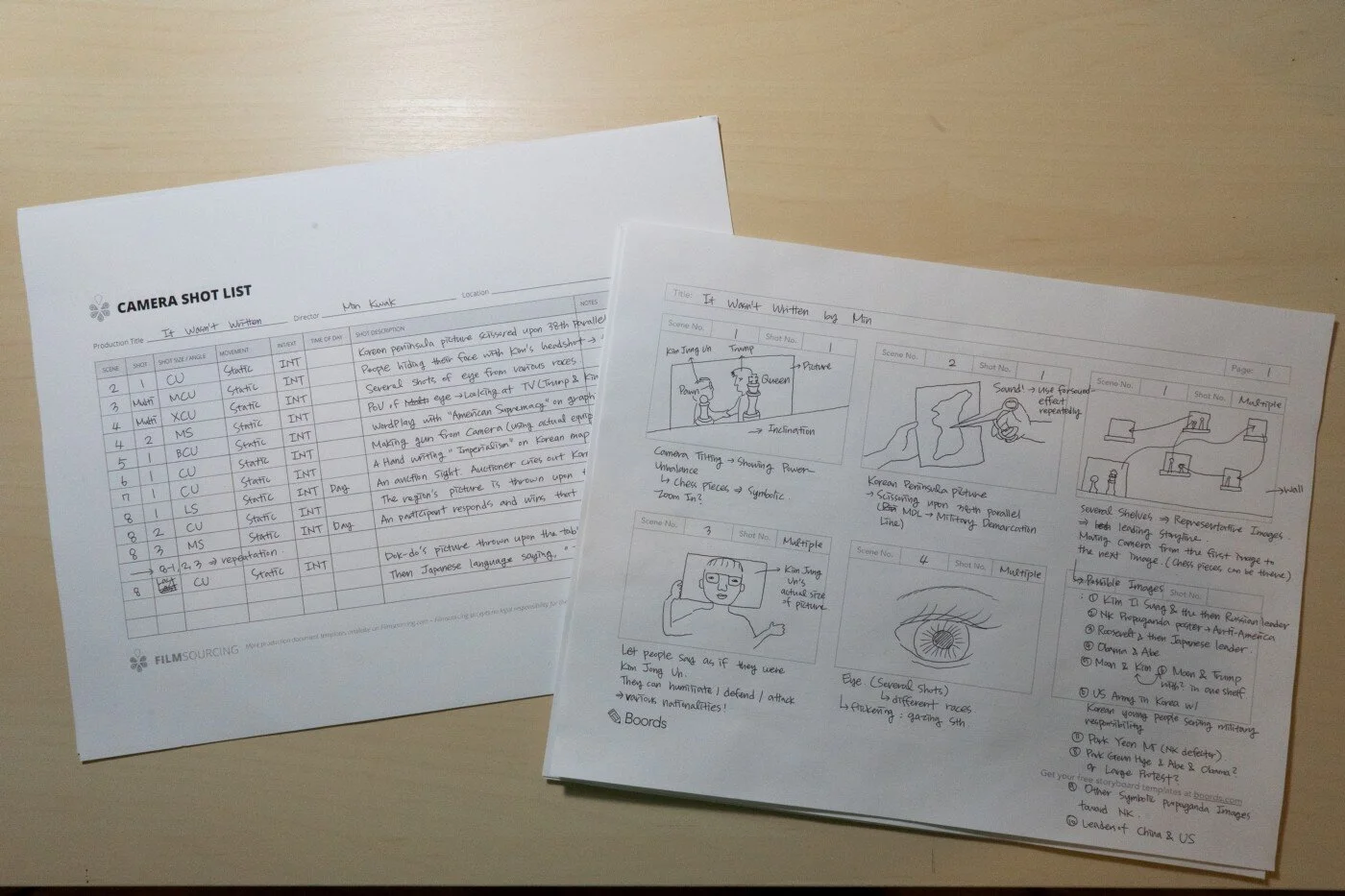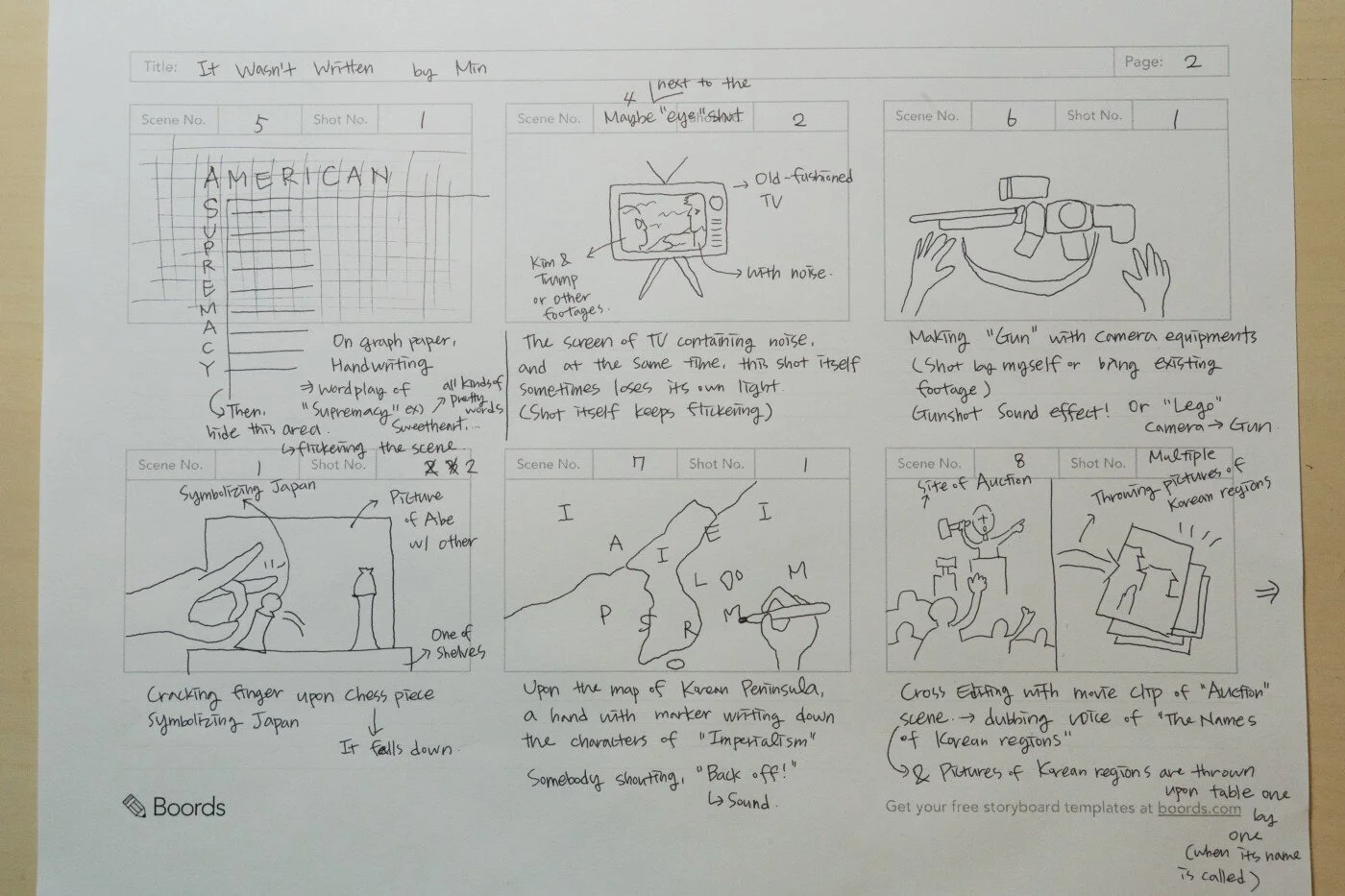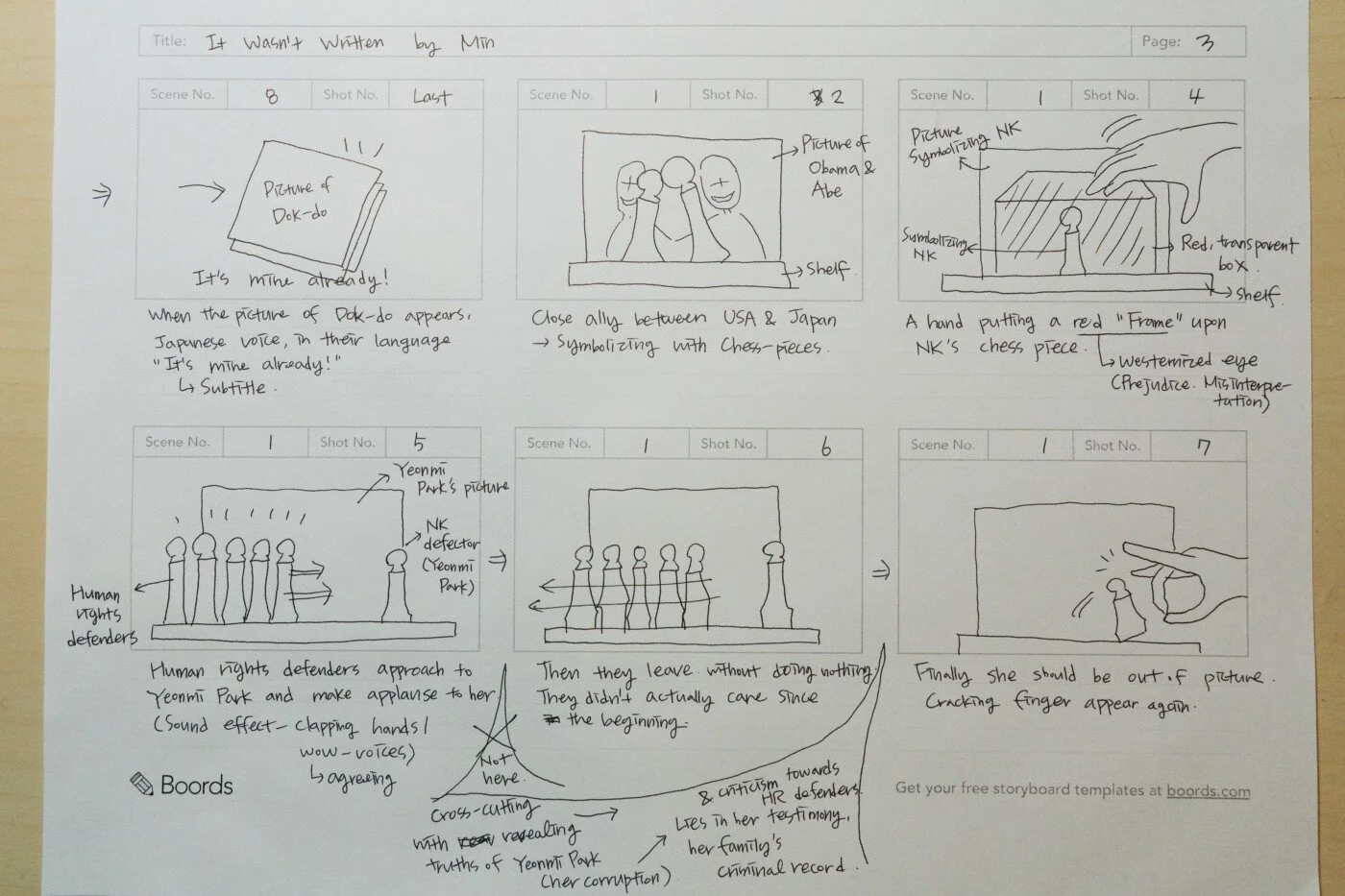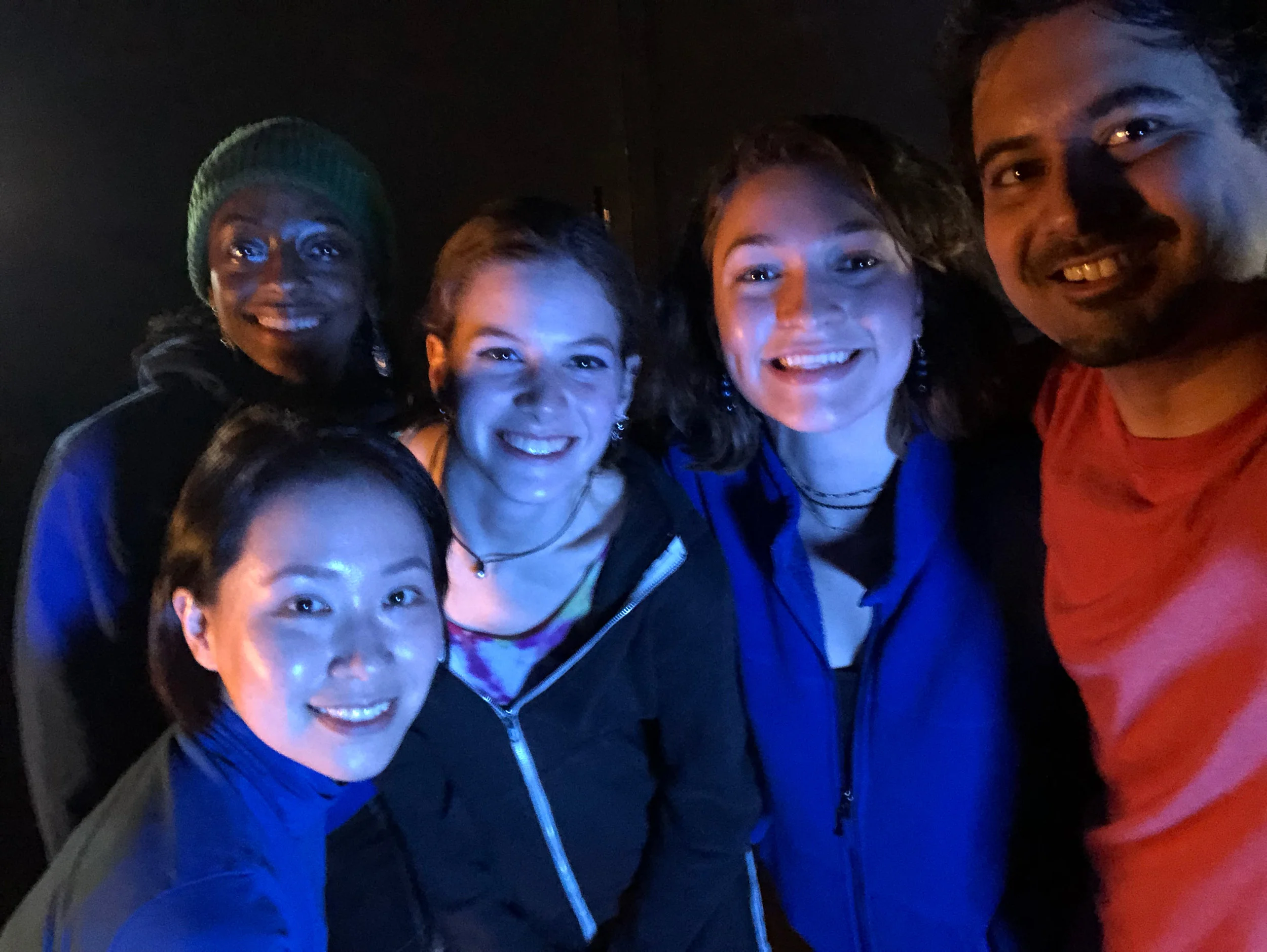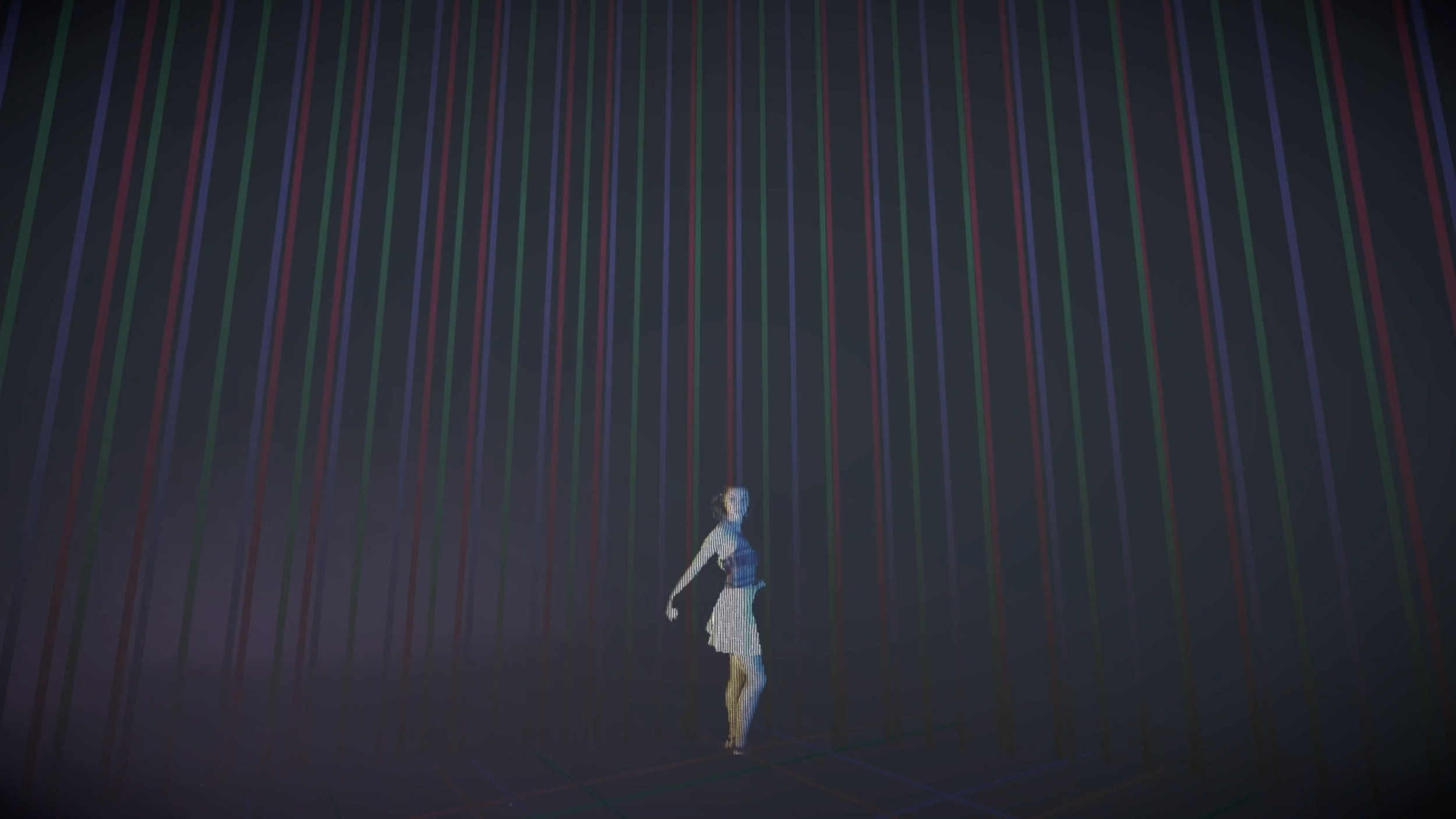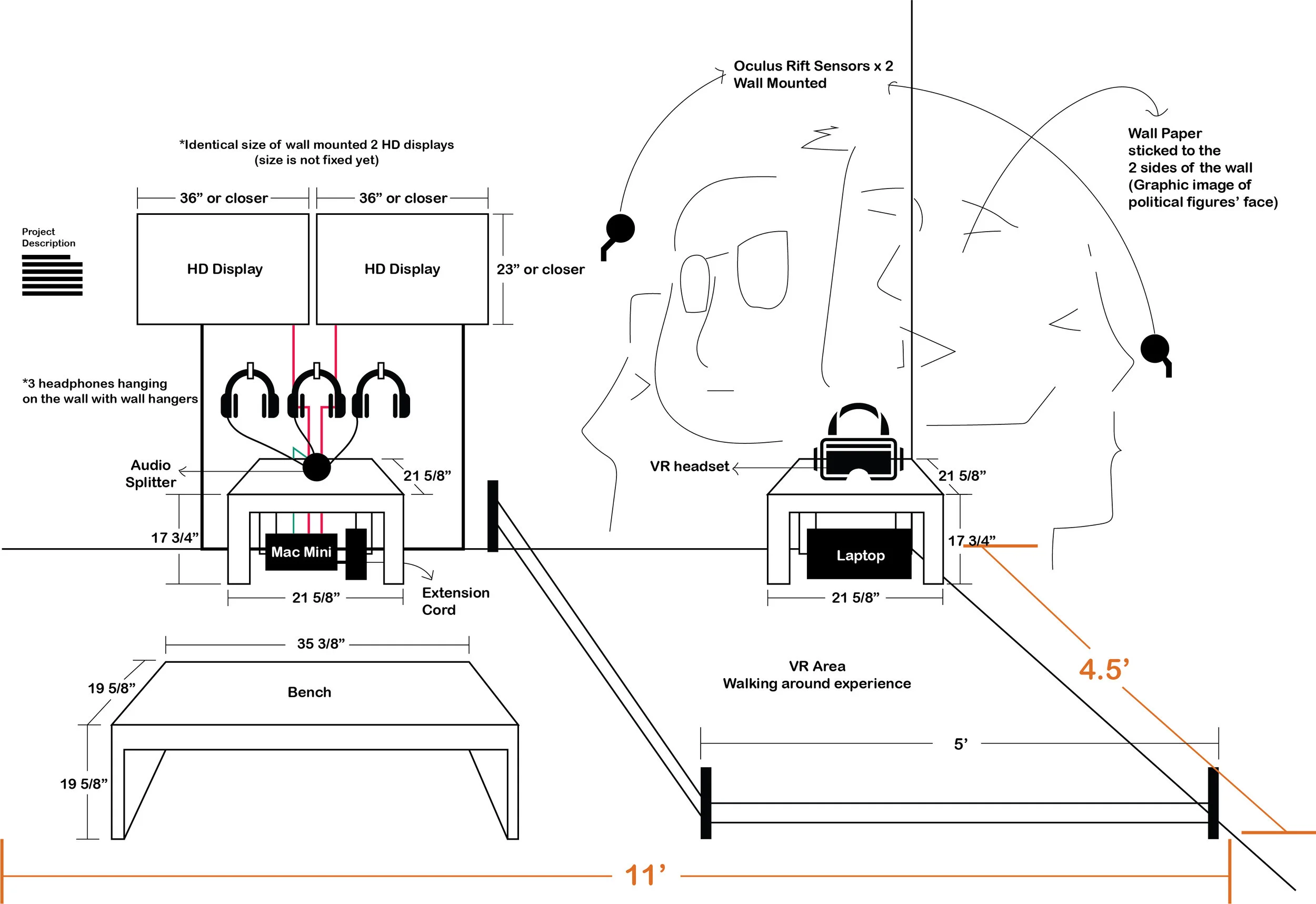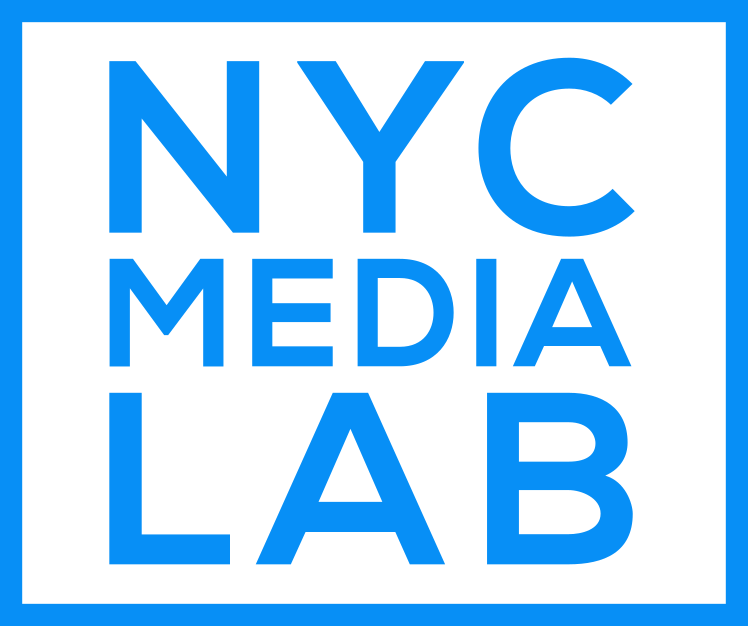Click to Watch the Screen Recorded Version of VR Experience.
Built for Oculus Rift (2019).
This VR music video has created as an alternative visual historiography on North - South Korea and surrounded countries in order to challenge dominant Western journalism and provoke viewers’ self-evaluation on their perception on North Korea. The project is to illuminate audience, mainly Americans, the hidden parts of Korean history such as how Korean peninsula has been interrupted by powerful countries and used as a tool for their power game. The goal of the project is to make audience think about their previous experiences of media and journalism and how those have constructed the images of North Korea to sustain America’s international power. This VR experience is the second media project which is following the experimental video essay, It Wasn’t Written.
J-A-S-N-C-R, the title of the song, represents Japan, America, South Korea, North Korea, China and Russia, which are key countries related to Korea. For this VR music video, a brand new song and performance have produced in collaboration with musicians and performers. It uses K-pop culture as the basis for a satire or subversion of media representations of United States - Korea diplomatic relations. Through this media movement, there could be a change in American society started by individuals, which leads to Korea’s complete independency.
Collaborators : Dimitri Sarris (Composer), Jihye Oh (Vocalist), Caroline Yorke (Choreographer, Performer), Julissa Norman (Performer), Sarah Row (Performer) and Harshal Alurkar (Producer, Lighting Design)
Ideation
Ideation #1
Ideation #2 : North and South Korean Modern & Current History
Including United States’ and International Stance on North Korea
Ideation #3 : Photojournalism
Photojournalism, its double-sided aspect, and its relation to politics
Domain Diagram
Organic Correlation Between Politics, Journalism, Media and Pop Culture
I would like to introduce major and sub domains of the project and how they constitute the basic foundation in their own identity and correlation with each other.
This organic correlation between these four domains is one of the major phenomenon of how politics are working in general citizens’ lives. Basically people are surrounded by politics in the name of fun, and it is not difficult to manipulate them to think or act in certain political side. The major problem is that the media and pop culture that general citizens can approach is very limited, and that is the reason why people easily fall into standardized thoughts and views. They just accept the given opinions without any discernments to figure them out if they are right or wrong, and even there are not enough options to choose at the first place. Based on these characteristics, I created alternative media products which are dealing the view that has not been offered by major journalism and media in experimental and subversive forms.
Research
In order to obtain deeper insights and ways for creative approach to domains, it is crucial to make experiments on research process. Creative research is important since it does not leave researcher in the state of mere absorption of information, rather help researcher to actively approach and analyze information in various angles.
Positioning
To get the better insights on each countries and parties’ intentions and rational, I decided to illustrate those upon coordinate system. Making positions of common and conflict areas in one coordinate system would be effective to grasp certain crucial points to make a design project.
Semiotic Analysis
This method involves a systematic approach to discover how meaning is derived from signs, images, etc. The process typically involves dissection of the image, then articulation or reconstruction of the meaning embedded in the image, with the goal of revealing or “extracting the cultural knowledges which are required in order for the reader to understand the image.” (excerpt from class material-DesignResearch_Methods_Exercises)
I analyzed three recent images that were taken during the third South-North Korean summit meeting. This third summit was held in Pyongyang, from September 18–20. Choosing recent photos would be the better idea because diplomacy on North Korea is drastically changing currently.
Group Semiotic Analysis & Survey
From this research, I wanted to explore how one photo can be interpreted differently depending on viewers’ background, nationality, political perspective, and so on. There is no right or wrong answer, each opinions were appreciated. In addition, my other intention was to see how this process can have opportunity to influence / improve / change respondents’ opinions or points of view.
The analysis material are 5 pages, first page is an example of semiotic analysis in order to facilitate respondents’ understanding, next 3 pages have one photo in each, and the last page contains brief survey asking nationality, political background, opinion on North Korea’s future, and feedbacks. The number of respondents is 30, including 10 different national background.
Page 1-4 of Group Semiotic Analysis
Page 5 of Group Semiotic Analysis
Group Semiotic Analysis Material
Distribution Map
To get more adequate understanding of respondents, I made a distribution map. This map indicates respondents’ national background, and their positioning upon political perspective and their opinion on North Korea’s future. These results came from the last page (page 5) of analysis material, the survey part.
Distribution Map of Respondents
Prototyping
Game/Interactive Experience “Fictorealists”
This prototype is an game/interactive experience, which leads audience to make their own fake news. One photo is provided, and each audience has full authority to manipulate it. They can follow 5 features to make changes of photo, after they finish, they can put headline on their own, and post it to the database. After they post it, they can see others’ fake news that have been made so far. Especially this one has planned to let viewers open their eyes to other side of perspectives and see and evaluate their own opinion in the landscape of various perspectives.
User Flow of “Fictorealists” Prototype
Video Essay “It Wasn’t Written”
The second prototype is a video essay/documentary film that illuminates hidden side of modern history of North-South Korea and surrounded countries. In this historic moment for two Koreas’ future, individual assessment on truth and falsity of photojournalism is necessary, and this documentary would like to shed a light in parts of modern Korean history that have been hidden by westernized journalism.
[Iteration 1]
[Iteration 2]
For the next iteration of It Wasn’t Written, I made a shot list and storyboard for my own footages that I shot the video by myself. These shots were combined with those broadcasting footages and other movie clips. For my own footage, I utilized various objects like chess pieces, photos, and maps to express these international political situation in metaphorical and literal way. It is visually and graphically pleased, and suitable sound effects were used along with the story flow to maximize the effect. The narrative revealed in a certain rhythm to make a vibrant pace & spirit.
VR Experience “Beyond Bias”
Beyond Bias is Virtual Reality experience. In the beginning of this experience, viewers can face their own bias against North Korea which is constituted with nuclear bombs, weapons, propaganda images, and communist symbols such as a hammer and a sickle. But right after viewers go through these biased objects, they can experience the Joint Security Area (JSA) of South and North Korea which has been transformed into a friendly and magical place where many North Korean people are welcoming visitors in the border line. View Detail
Design Values
Speculative historiography : See outside of frame with components inside of frame.
Witty but pungent, and down to nitty-gritty : Get to the point cuttingly with a proper sense of humor
From 2D to 3D : Possibly hybrid version of 2D video and 3D immersive experience
Speculations giving birth to other speculations : Open to any possible interpretation depending on viewers
For the further iteration of this project, I derived an idea from the core design values that I made for this project. It is VR music video on the top of this page. Users can experience music and visual in 3D depth to engage the story more. This music video is similar to the prototype 2 - video essay in terms of its message, and prototype 3 in terms of technology.
Production of VR Music Video
The song was composed with the musical reference of several current K-pop songs of BLACKPINK and BTS. I would like to create a trendy electronic dance song with satirical sense of humor. And music-wise, adding a touch of Korean authentic sound seems a perfect way to achieve that. I provided guidelines and references including Korean authentic folk music to the composer Dimitri, and we kept communicating in the process of song iterations. Also there are great examples of implementing Korean authentic music to K-pop among BTS and Big Bang’s songs.
Lyrics were written by myself. It persuades audience to awake from the shallow surface of media and journalism, and realize what political situation is happening behind the scene. Lyrics also had a several iterations, and it developed as not pedantic, conversational version including repeated, hooking refrain part like any other K-pop song. Lyrics is Korean, and English subtitles are provided in VR.
The technology I used for VR music video is called volumetric filmmaking. With a software called Depthkit, I recorded performers in 3 dimensional way. I used Kinect, which is depth camera sensor, connected it to the computer running Depthkit. 3 performers including choreographer were dancing with the finalized song.
Next step was making VR experience - visualization in Unity with music and recorded 3D clips. Three dancers were recorded separately and imported in one scene in Unity. I created experience that the viewer is surrounded by these three dancers and having unfamiliar encounter with them inside unrealistic, abstract place. They would feel suffocated as if they are trapped in multiple red, green and blue bars, which symbolize the shallowness of surface of TV screen and images from mass media, and with these stern-looking performers. I applied vertical lines and dots visual effects to the clips of dancers so that it would look as a surface of mass media images as well.
VR Outcomes
Exhibitions
PRISM Thesis Show
During MFA Design and Technology Thesis show (May 14 - 17) at Parsons, J-A-S-N-C-R and It Wasn’t Written were exhibited. It was gallery exhibition setting, It Wasn’t Written and VR music video are located side by side in one space. I would like to put them together next to each other even though they have a complete different appearance, because in terms of meaning they have exact same message and intention. I hope audience would experience them in one space without any interrupt so that they could concentrate more to the message and take time to consider in depth.
Exhibition Plan Sketch
I decided to show It Wasn’t Written in more extended setting - 2 channels. There were great examples of “expanded cinema” concept. The cinema can be projected into multiple channels and located in space to build a certain experience. It can be called “editing in space,” so each channels are negotiating one’s story to each other and giving unique experience to the audience. I figured this method would be a great fit to It Wasn’t Written, since it is the key to understand how each shots are related to each other. So 2 channels would reinforce the power of the story, facilitate proper understanding, and giving more depth when audience process it. I converted It Wasn’t Written into 2 channels, put different shots side by side according to the narrative progresses.
2 channel video is played with headphones provided and audience can experience VR music video next to it. I projected moving images of dancers onto the wall of VR area so that it could draw attention, give a glimpse of VR experience, and give immersed feeling as if it invite audience to be ready for the VR experience.
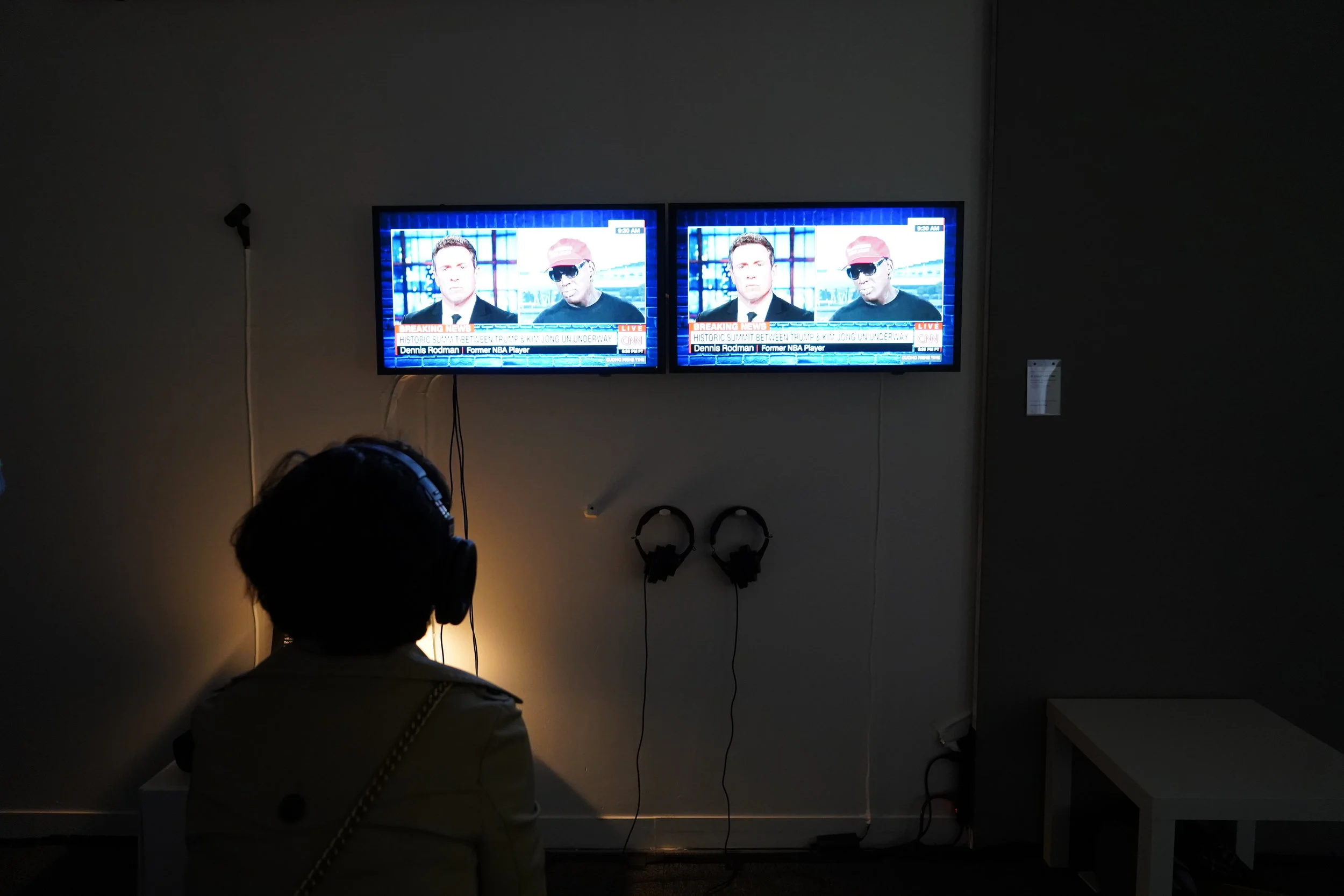


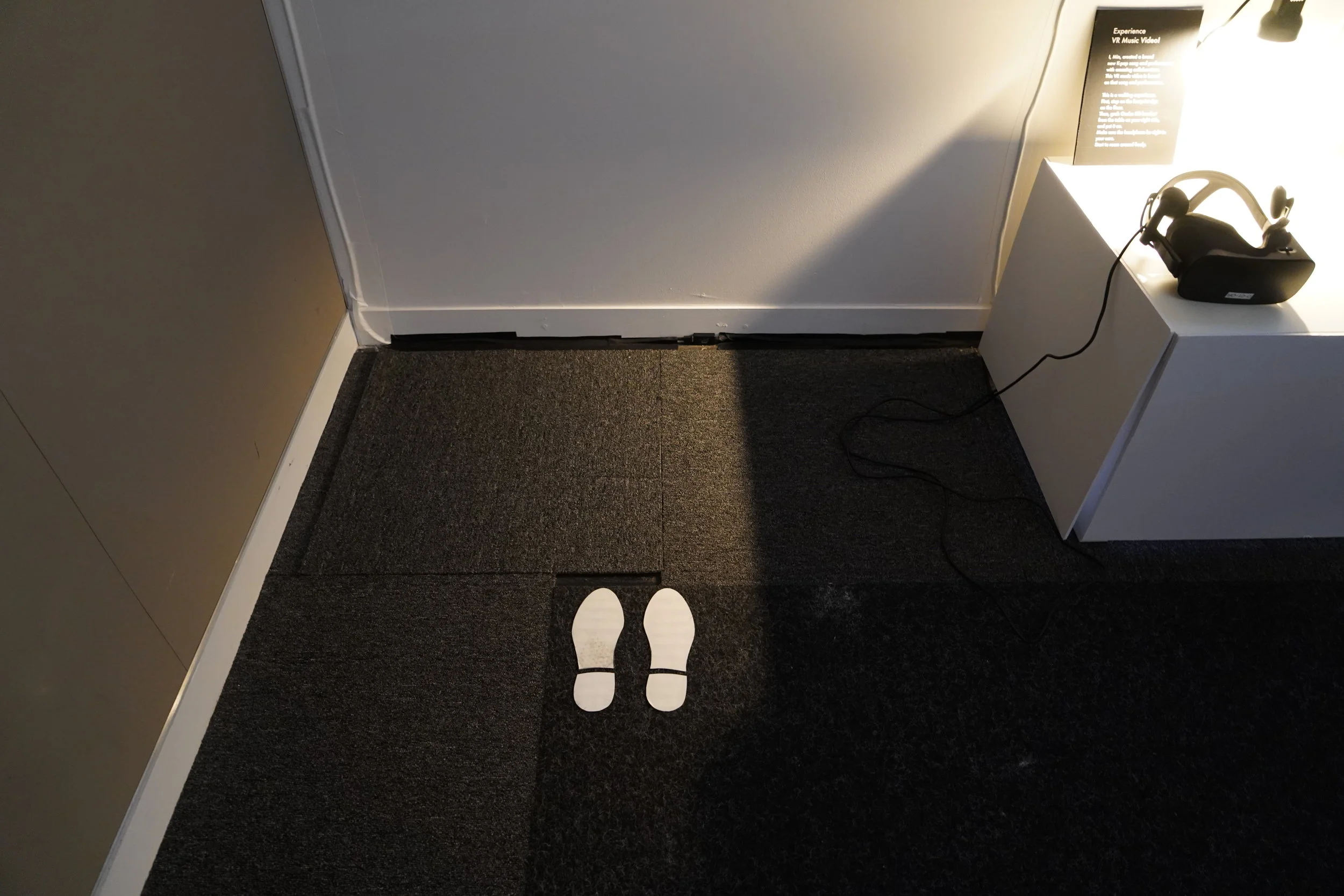
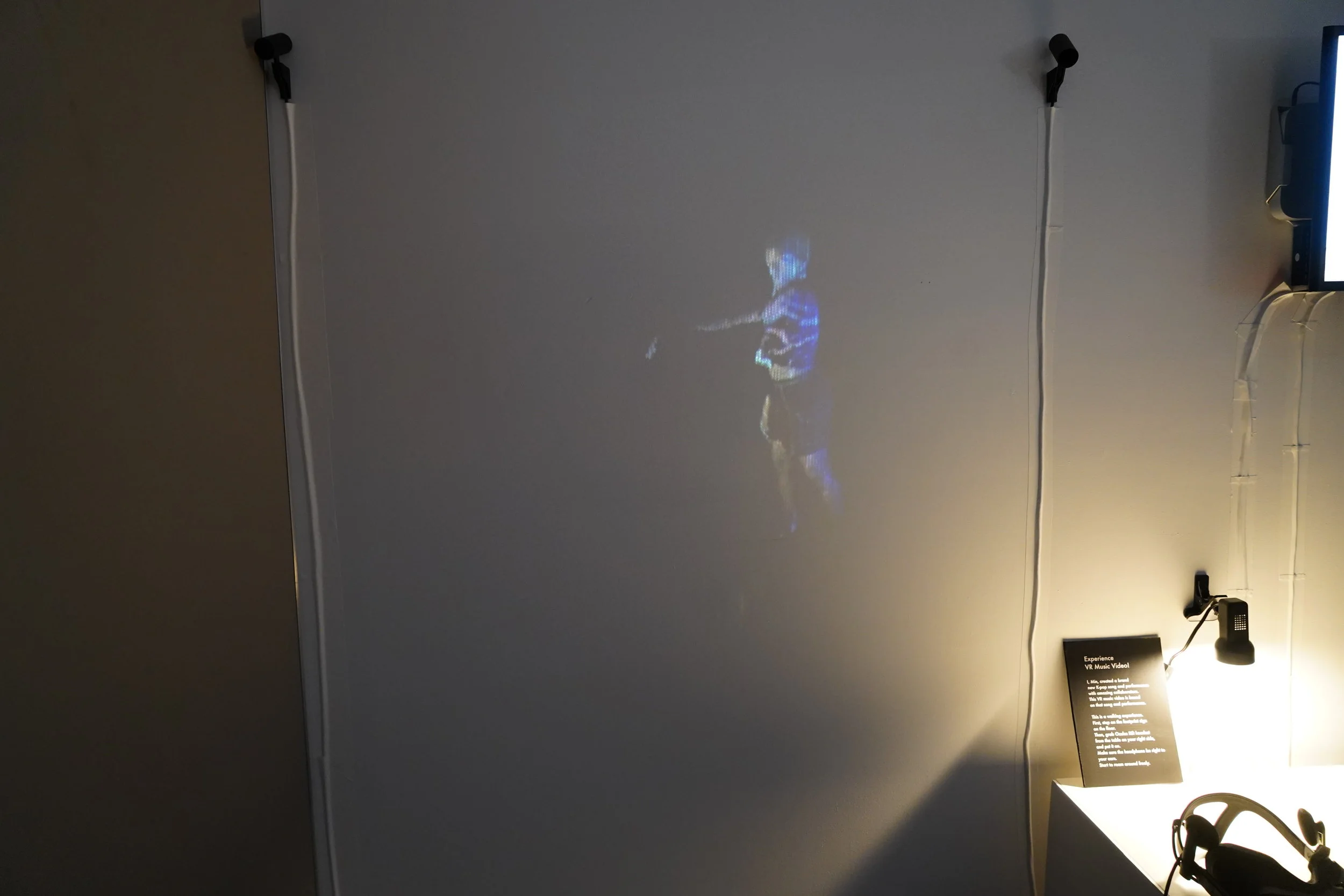
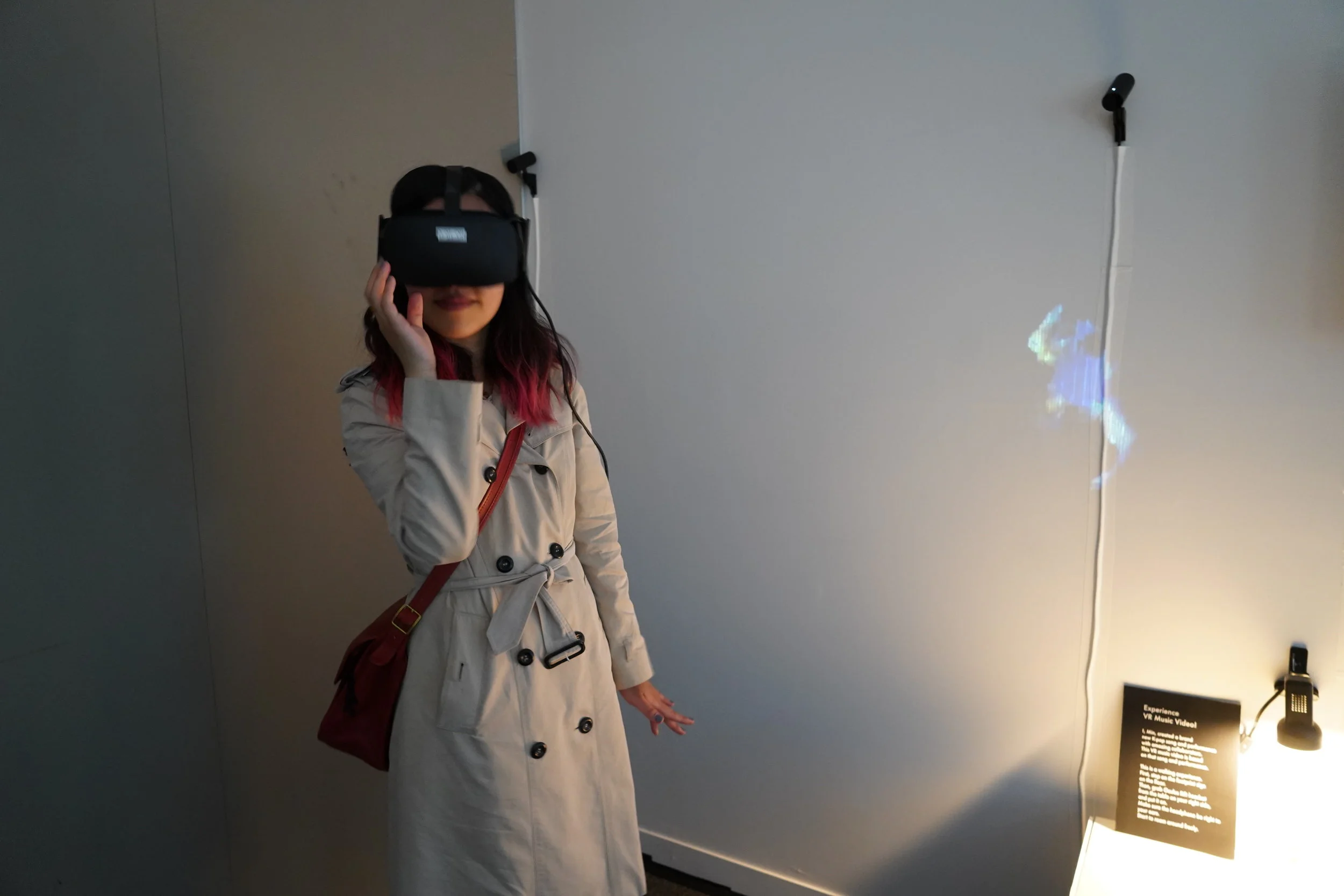


NYC Media Lab Summit
Exhibited at NYC Media Lab Summit on September 23, 2019 at the location of New York City College of Technology (CUNY). NYC Media Lab Summit is New York City’s largest expo where media professionals and industries showcase their work, have thought-provoking discussions, and build ecosystem for the future of digital media innovation. I exhibited 2 accomplished media, Video Essay “It Wasn’t Written,” and VR Music Video “J-A-S-N-C-R.”


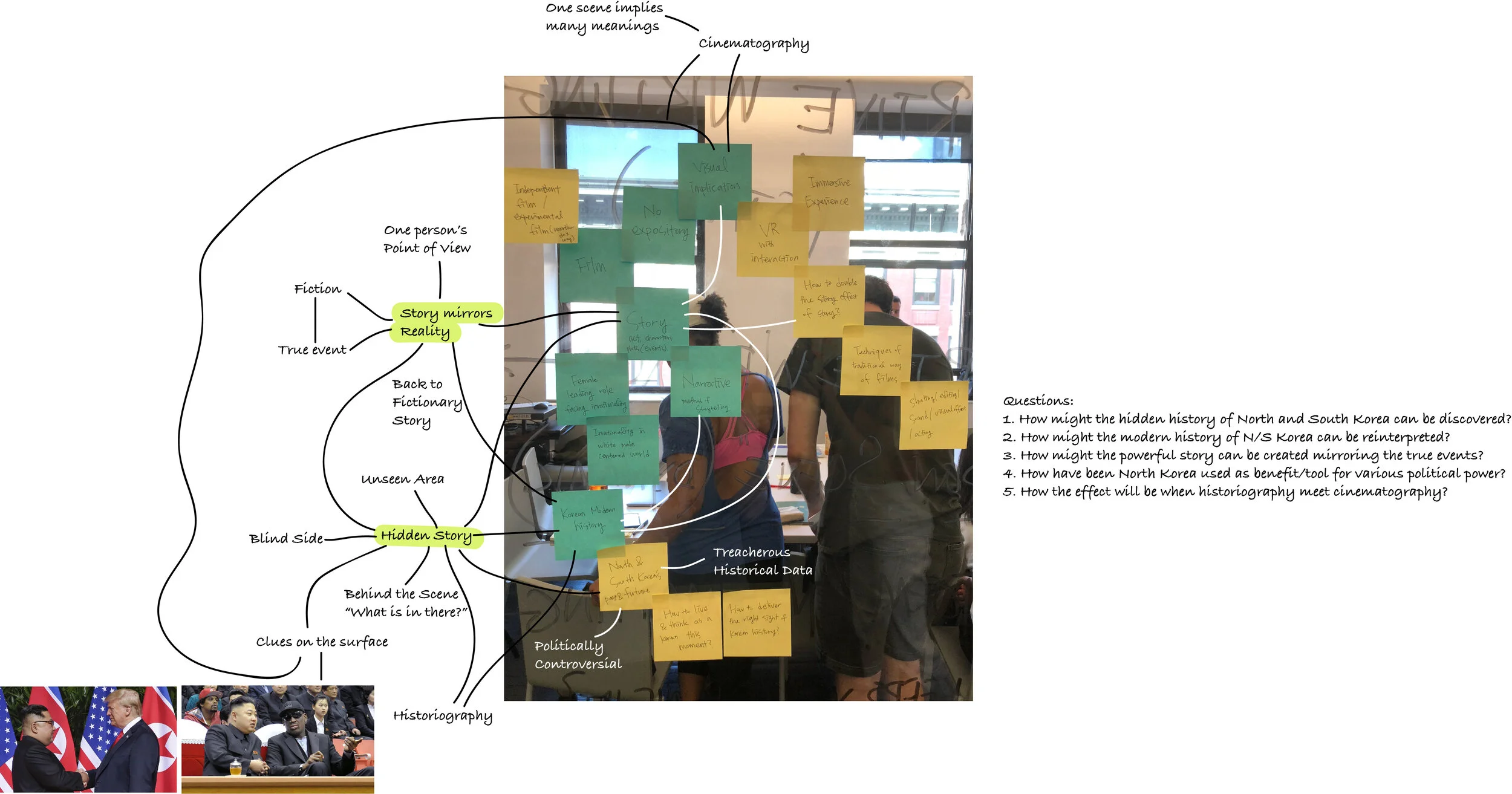
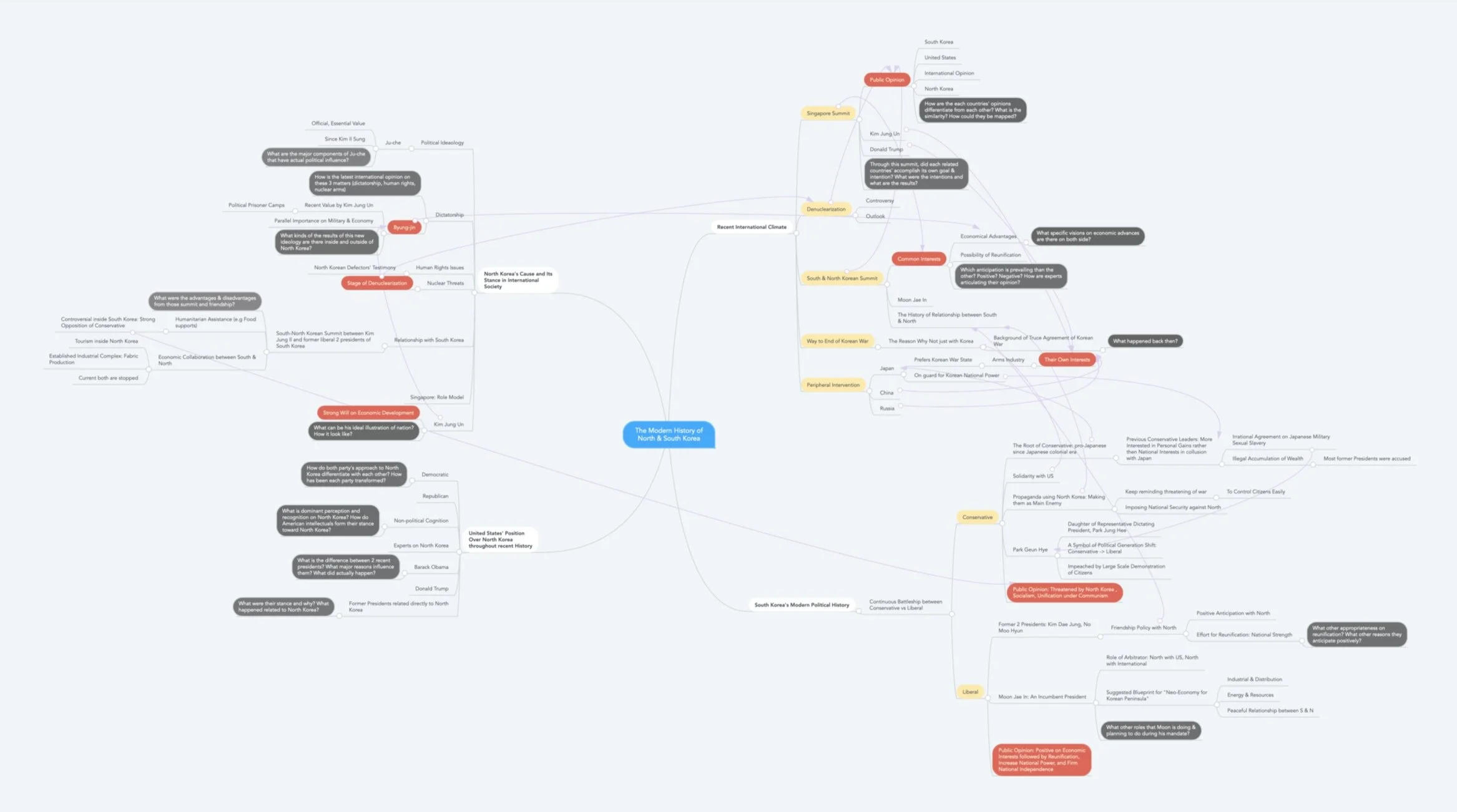
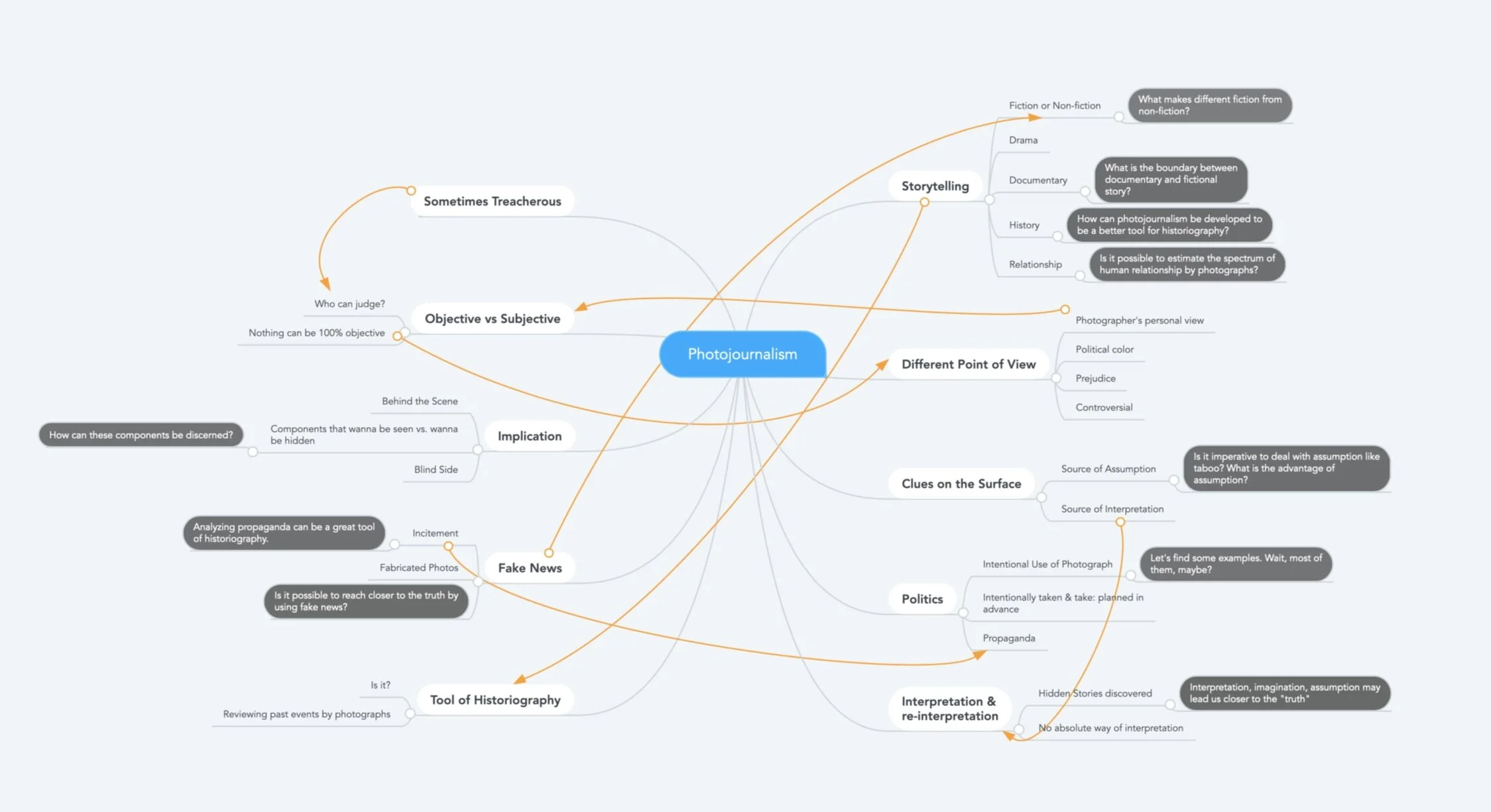

![[TS1] Coordinate System - NK-SK-US.jpg](https://images.squarespace-cdn.com/content/v1/5c36db7296e76f097022a8db/1593623790626-U8EV18R83SPOMTK9U4M0/%5BTS1%5D+Coordinate+System+-+NK-SK-US.jpg)



